Author: Himanshu Gupta
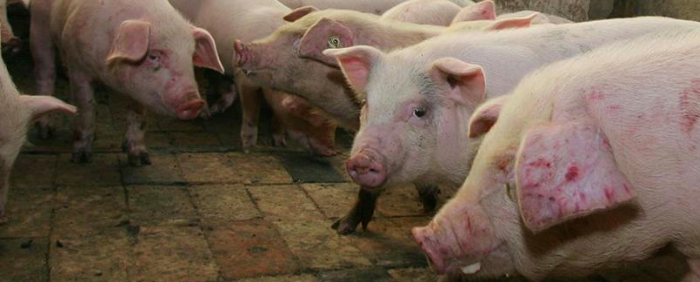
All about “Pork and wild boar”
October 16, 2020Health profile Pork contains several nutrients essential for health. It contains high quality protein. It is also rich in zinc, selenium and group B vitamins, especially vitamin B1 (thiamine) whose levels surpass those of other meats. Its fat content varies depending on the cut, but generally pork is considered lean meat. Active ingredients and properties Cardiovascular diseases . Meat is […]
Read More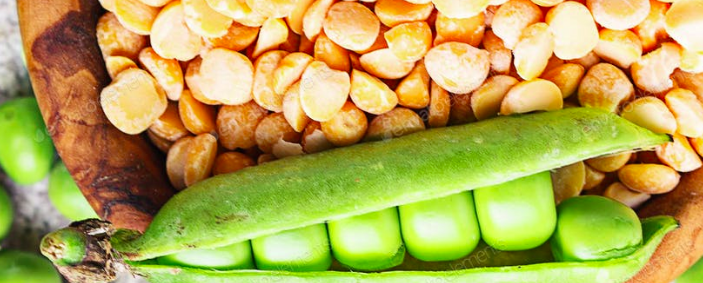
All about “Dry peas / Split peas”
October 16, 2020Health profile Dry peas, yellow or green, are a very common legume in our diet, just like soybeans, peanuts and dry beans. It is low in fat, high in carbohydrates, protein and dietary fiber in addition to contributing to the intake of several vitamins and minerals. However, like most other legumes, dry peas are not complete in […]
Read More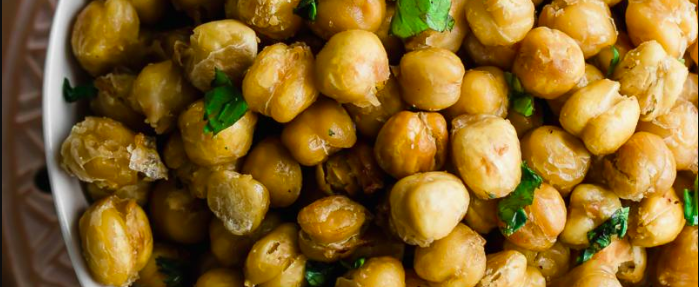
All about “Chickpea”
October 16, 2020Health profile The chickpea is a legume commonly consumed in the Mediterranean regions and which we are beginning to tame here. A food with many possibilities, chickpeas are one of the main ingredients of hummus and falafels, two traditional Middle Eastern dishes that are increasingly found here. Chickpeas: understand everything in 2 minutes Dried chickpeas should […]
Read More
All about “Pear”
October 16, 2020Nutritional value of pear Raw with peel, medium size / 165 g Canned, light syrup, 125 ml (1/2 cup) / 133 g Calories 96 76 Protein 0.6 g 0.3 g Carbohydrates 25.7 g 20.1 g Lipids 0.2 g 0.0 g Dietary fiber 5.0 g 2.1 g Glycemic load : Low Antioxidant power : Very high Source : […]
Read More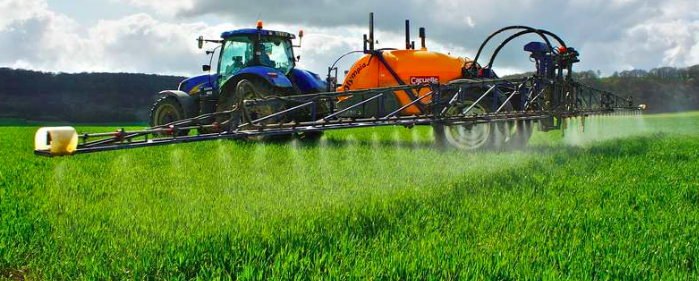
Insecticides / Pesticides Registered under section 9(3) of the Insecticides Act, 1968 for use in India
December 26, 2018(As on 18/09/2018) Source S.No. Name of the Pesticide 1. 2,4-D Amine salt 2. 2,4-Dichlorophenoxy Acetic Acid 3. Abamectin* 4. Acephate 5. Acetamiprid 6. Afidopyropen 7. Alachlor 8. Allethrin 9. Alphacypermethrin 10. Alphanaphthyl Acetic Acid 11. Aluminium Phosphide 12. Ametroctradin 13. Ametryn 14. Ampelomyces quisqualis 15. Anilophos 16. Atrazine 17. Aureofungin 18. Azadirachtin (Neem Products) […]
Read More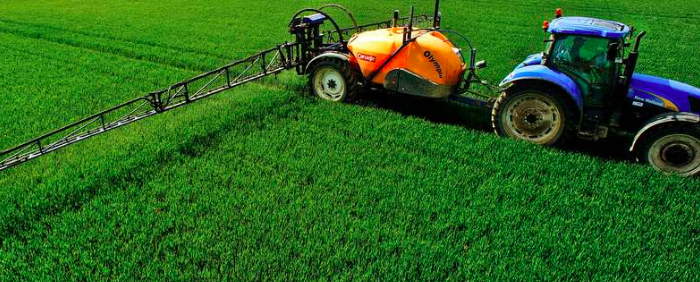
LIST OF PESTICIDES WHICH ARE BANNED, REFUSED REGISTRATION AND RESTRICTED IN USE: INDIA
December 26, 2018(As on 30th September, 2018) Source PESTICIDES / FORMULATIONS BANNED IN INDIA A. Pesticides Banned for manufacture, import and use . 1. Aldicarb (vide S.O. 682 (E) dated 17th July 2001) 2. Aldrin 3. Benzene Hexachloride 4. Benomyl (vide S.O 3951(E) dated 8th August, 2018) 5. Calcium Cyanide 6. Carbaryl (vide S.O 3951(E) dated […]
Read More
PESTICIDES AND FORMULATIONS REGISTERED FOR USE IN THE COUNTRY UNDER THE INSECTICIDES ACT, 1968
December 26, 2018Updated on 18.09.2018 Source S. No. Name of the Pesticides Formulation registered No. of formulation 1. 2 ,4-Dichlorophenoxy Acetic Acid (2,4-D Sodium Amine and Ester Salt a) 2, 4-D Sodium Salt used as Tech a.i. 80% w/w min. 1 b) 2,4-D Amine Salt 58% SL 22.5% SL 2 c) 2,4-D Ethyl Ester 38% EC, 4.5% […]
Read More
Hemp: a fiber full of future
July 20, 2018What is the common point between a racehorse and a lover of handwritten letters? Hemp ! Yes, this vegetable raw material is used both to make comfortable bedding for equines, and to make high-end letterheads. And if its culture tends to develop nowadays all over the world, it is thanks to a French exception … History of […]
Read More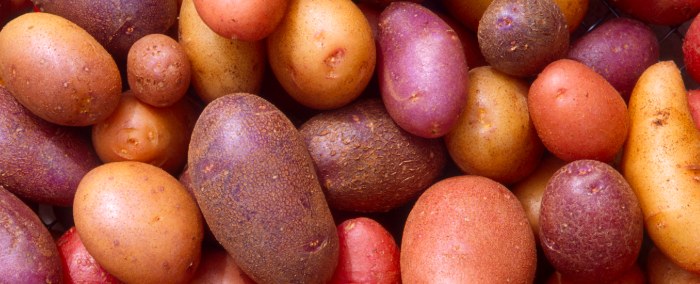
Potatoes: a living heritage
July 20, 2018Scientists and the media often mention the general reduction of biodiversity. But is this valid for all species, and especially for a species as important for human consumption as potatoes? In Europe, since the 16th century … The potato arrives in Europe, in the middle of the 16th century, in the boats of the conquistadores returning […]
Read More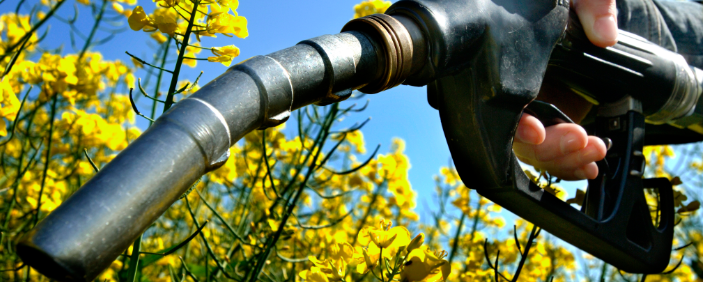
Can we turn all plants into biofuels?
July 20, 2018To replace fossil fuels, renewable energies are developing: wind, solar and biofuels. Under our feet and in the fields is indeed one of the most abundant sources of carbon! Biomass: renewable energy at the disposal of sustainable development Plants that grow on the surface of the earth capture solar radiation, absorb carbon dioxide from the atmosphere, […]
Read More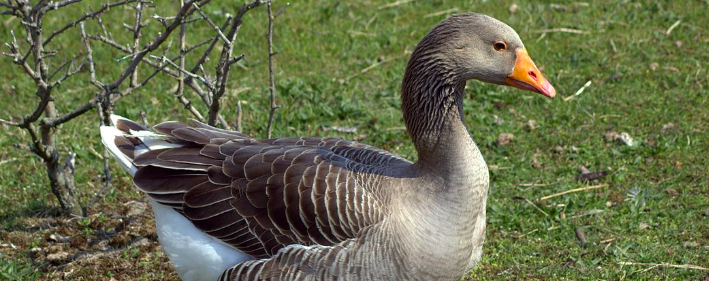
Domestic goose
June 26, 2018Domestic goose is the vernacular name given to the various breeds of geese born from hybridization with the greylag goose and the goose, also called goose of China ( Anser cygnoides ). Although nowadays hybrids of both strainsare foundall over the world, the Anser anser crossesare native to Europe and North Africa. They were already raised in ancient Egypt. Scenes of feeding were found on old frescoes 4,500 years Saqqara. Crosses from […]
Read More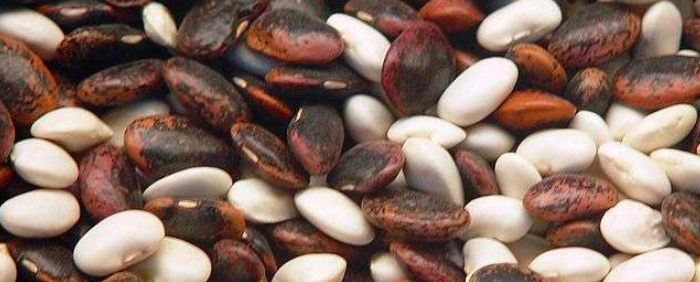
The domestication of the bean
June 26, 2018The analysis of the bean genes sheds light on the regions of the genome selected during its domestication by humans. These genes are also potential targets for improving its culture, beans being particularly interesting because it fixes atmospheric nitrogen. The bean is a plant of the family of legumes which, with its different varieties, represents the […]
Read More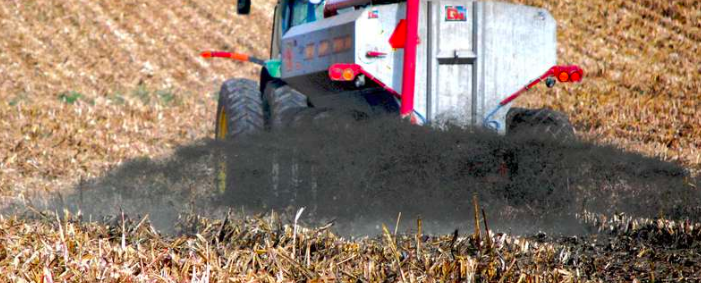
ANTIBIOTICS, a food for bacteria?
June 26, 2018Soil bacteria have found how to combine the useful with the pleasant. Rather than simply degrading antibiotics that can harm them, they eat them! Sulfamethazine and tylosin are particularly preferred. Production animals are often raised in groups nowadays, which favors the transmission of bacterial infections that are harmful to the farmer. To reduce this risk, many farmers preventively give antibiotics to their […]
Read More
How does HYDROPONICS work?
June 26, 2018The hypodronic culture literally translates to work with water. This horticultural technique makes it possible to efficiently produce an aboveground crop . Definition of hypodronic culture Hydroponics is an ancient technique, which is actually an off-ground crop; the plants are therefore grown under glass. To do this, the earth that is usually used is replaced by a sterile substrate, like clay balls or rockwool. It is up to the […]
Read More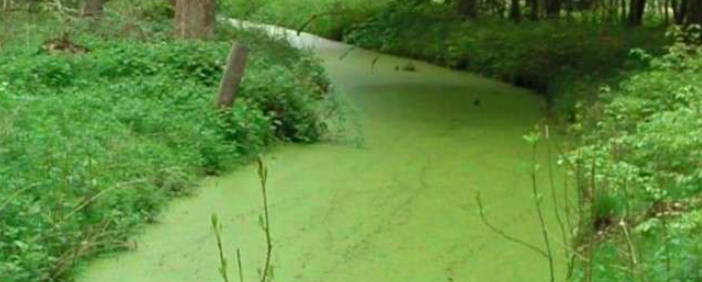
Fertilizers, a dangerous agricultural pollution?
June 26, 2018The application of agricultural crops nourishes the soil with massive doses of chemical fertilizers. The trio nitrogen, phosphate and potassium (NPK) is the basis of all these products. Soils and groundwater are exposed to these massive dosages that change their environment and make the water unsafe. In agriculture , chemical fertilizers are administered to increase crop yield. They are responsible for massive soil […]
Read More